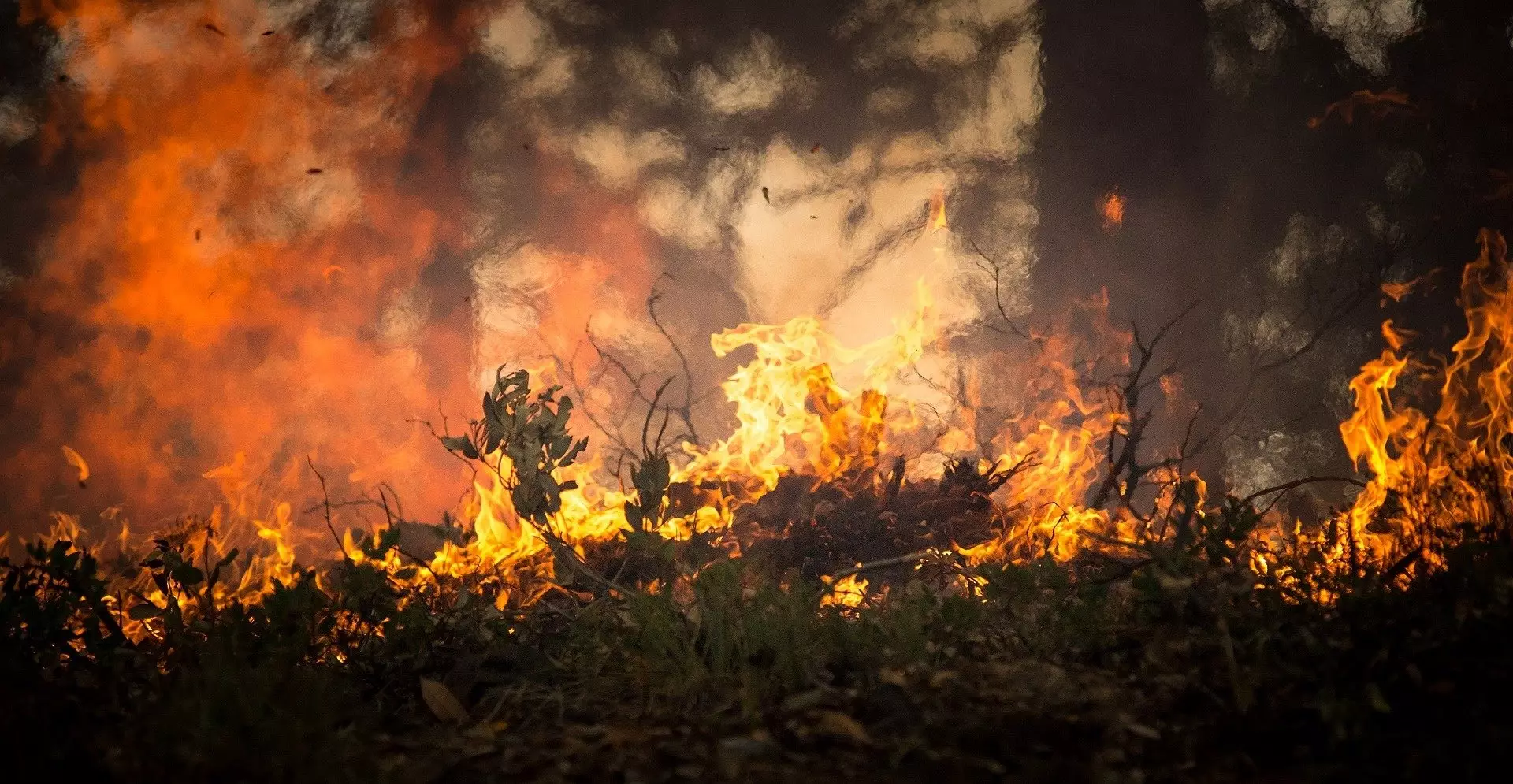In recent decades, South America has emerged as a hotspot for climate change impacts, with grave consequences for its ecosystems, economy, and human populace. The alarming data reveal that the days characterized by intense heat, dryness, and heightened fire risk have surged dramatically—nearly tripling since 1970 in certain areas. This troubling trend mirrors the global averages for warming but underscores that some regions within the continent are facing compound climate extremes at an accelerated rate.
A detailed new study conducted by Raúl Cordero and his team, involving precise calculations of climate metrics across the South American landscape, sheds light on the increasing frequencies of simultaneous climatic extremes. Analyzing data spanning from 1971 to 2022, the authors focused on grid cells measuring approximately 30 by 30 kilometers. Their research, recently published in Communications Earth & Environment, emphasizes how days marked by extreme heat, dryness, and fire conditions have proliferated, particularly in regions bordering Venezuela and Colombia as well as northern Amazonia. The data revealed that the number of such days has escalated dramatically, shifting from fewer than 20 to potentially up to 70 days annually in these areas.
Increasing variability in the occurrence of these compound climate conditions has raised additional concerns. Over the past five decades, researchers observed not only an uptick in extreme weather days but also fluctuations year-on-year that complicate local climate patterns. Crucially, the interplay between the El Niño-Southern Oscillation (ENSO) phases adds another layer of complexity. The warm phase of El Niño correlates with intensified fire risks in the northern Amazon, while the cooler La Niña phase shifts the danger southward, exacerbating conditions in central South America. This highlights the interconnectedness of weather patterns and climate behavior in the region.
The ramifications of these climatic changes are dire, extending well beyond the environment. The increase in fire activity, coupled with prolonged dry spells, poses a significant public health hazard, capable of worsening air quality and exacerbating respiratory issues among local populations. Notably, marginalized groups, particularly rural and indigenous communities, bear the brunt of these adverse conditions. The authors stress the urgent need for policymakers to escalate their focus on combating these extreme climate events, advocating for comprehensive measures tailored to protect the most vulnerable demographics.
The findings from this research serve as a clarion call for regional leaders to devise and implement proactive strategies for climate risk reduction. Infrastructure improvements, better forecasting systems, and community education initiatives about fire safety and climate preparedness must be prioritized. A multifaceted approach that integrates environmental science with social equity can help build resilience in communities that are most at risk. The time for action is now; without it, South America might face increasingly volatile climatic conditions that could ripple across global ecosystems and economies, setting back progress made over decades.

